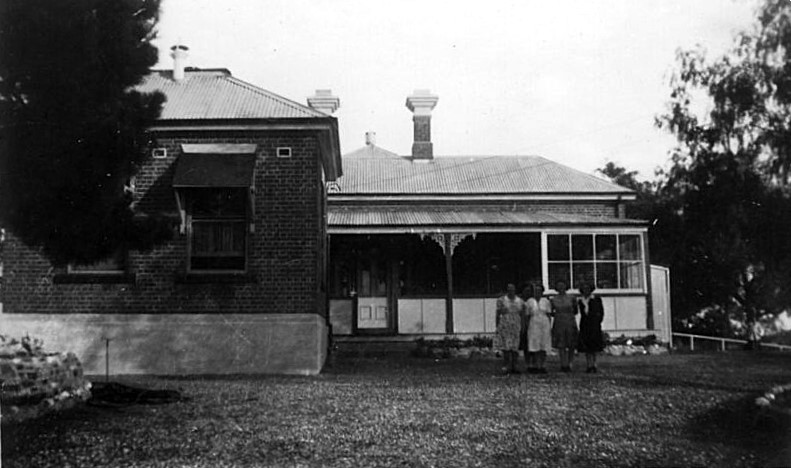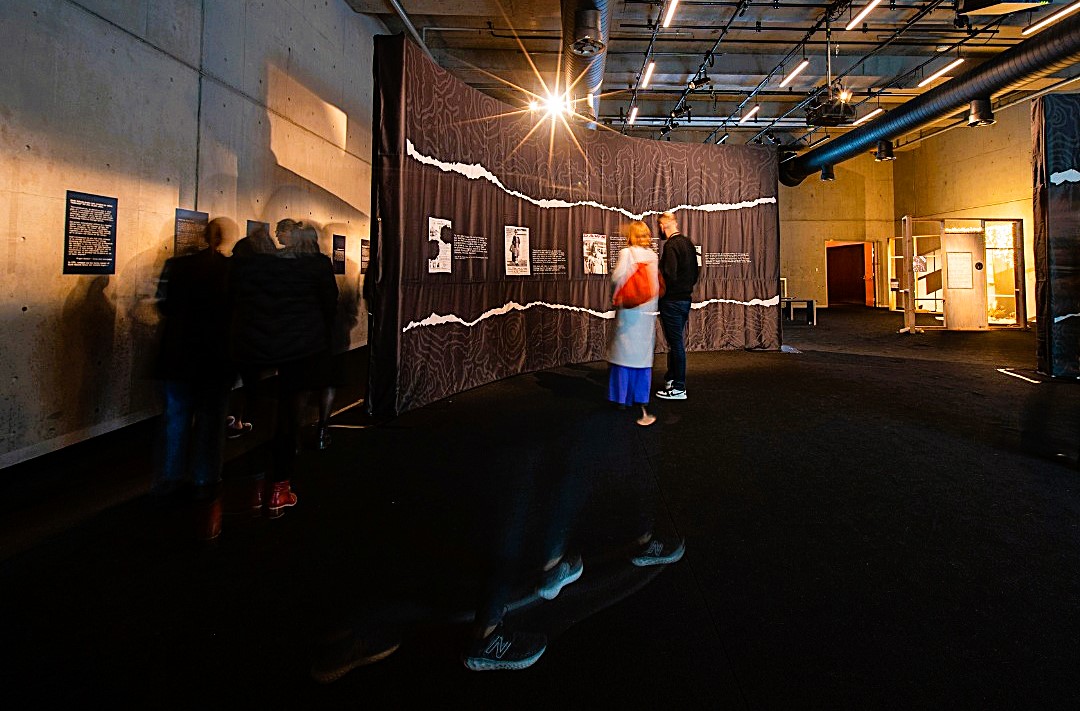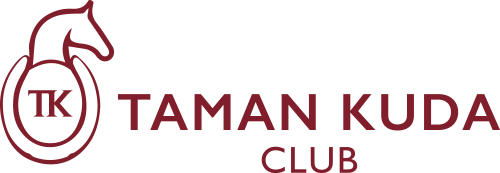
The Cootamundra Domestic Training Home for Aboriginal Girls is now the focus of an exhibition that is set to tour NSW and uses artwork and narrative to tell the real story of the home. Photos: Coota Girls Aboriginal Corporation/Facebook.
Last year, an exhibition at Carriageworks in the Sydney suburb of Redfern peeled back decades of government spin to show the lived reality of one of the state’s most infamous institutions.
Secrets of Dawn, a Stolen Generations truth-telling exhibition, revealed how the Aborigines Welfare Board used a fancy publication titled Dawn Magazine in the 1950s and 60s to portray life in state care as positive and full of promise.
Among the magazine’s most showcased subjects was the Cootamundra Domestic Training Home for Aboriginal Girls, commonly known as Bimbadeen, in Rinkin Street, Cootamundra.
From 1911 to 1969, the home, established in a disused hospital building in Cootamundra, operated as part of the state’s assimilation policies whereby Aboriginal girls – many of them forcibly removed from their families – were trained for domestic service in white households.
Run along military lines, the home accommodated an average of 40 stolen First Nations children at a time, with the youngsters separated and living in dormitories, divided by age.
Girls in the home were referred to as “inmates”, with language, culture and family connections deliberately severed.
Around age 15, once trained, the girls were indentured and placed in wealthy non-First Nations households as domestic servants, where they were often subjected to abuse, denied protection, and had their wages stolen and paid directly to the board.
For survivors, this left an enduring legacy of trauma. However, in the glossy, government-funded Dawn Magazine, which promoted assimilation as benevolent, the girls’ home was depicted as a place of opportunity and hope.
The magazines were distributed to all Aboriginal stations, reserves and institutions in the state, where they were read by Aboriginal people who had limited access to information about their kin and community.
For survivor Aunty Jean Carter, the gap between the glossy version and reality could not have been starker.
“They’d have this big write-up about how wonderful it was … particularly in Cootamundra, but they never wrote about what was happening behind the scenes. Never, ever,” she said.

The Secrets of Dawn exhibition opened in Sydney last year and is now set to tour regional NSW.
The Secrets of Dawn exhibition, developed by the Coota Girls Aboriginal Corporation* and curated by Meagan Gerrard, Alex McWhirter and Kamilaroi/Gamilaraay artist Dennis Golding, was created to reveal the stark contrast between official records and the lived experiences of those who endured the Cootamundra Girls Home.
It features contemporary works by artists Joanne Cassady (Wiradjuri), Anjilkurri Rhonda Radley (Birpai/Dhanggati), Shannon Stacy (Bundjalung) and Laura Jones (Gamilaroi/Wailwan), as well as a large-scale collective installation, to show the lasting impact of the forced removal and assimilation of First Nations children.
One installation, Dolly Pegs, features rows of handmade clothespin dolls, each representing a child’s story.
Alongside the artworks are historical photographs and articles from Dawn Magazine, plus testimony from survivors and descendants.
For those who took part, it was a way of acknowledging pain while also celebrating survival.
Dennis Golding said combining historical material with art created space for healing.
“It becomes part of a process,” he said. “Survivors and their families are reclaiming their stories, taking back agency and putting their voices in the centre.”
Following its Sydney season in August 2024, the exhibition received the ACHAA Imagine Award for Excellence by an Aboriginal Curator.
Now, thanks to new state support, it will be seen well beyond the city, with the NSW Government recently announcing funding to take Secrets of Dawn on a regional tour.
Backed by Create NSW and the City of Sydney, the exhibition will travel to communities including the Riverina, the South West Slopes, the Hunter and the North Coast.
NSW Arts Minister John Graham said it was important that regional audiences had access to cultural experiences as significant as this one.
“The chance to hear new stories – or stories that reflect your own lived experience – can captivate imaginations and inspire communities,” he said.
For survivors and their families, seeing the exhibition closer to home will be especially powerful.
The Cootamundra Girls Home site, listed on the NSW State Heritage Register, remains a place of deep significance.
It is now managed in partnership with the Young Local Aboriginal Land Council, with input from former residents.
Recent initiatives by Aboriginal Affairs NSW have included cultural heritage assessments and consultation about the future of the site, with proposals for a keeping place and healing centre.
Survivor-led projects such as memorial gardens and yarning circles are already helping to reclaim it as a space for remembrance rather than silence.
Coota Girls chairperson Meagan Gerrard said both the exhibition and the restoration work at the site were part of the same process.
“For too long, our stories were hidden or denied,” she said. “Now we are writing them back into the public record.”
As it prepares to tour regional NSW, the exhibition is expected to give new audiences the chance to reckon with that history.
For survivors, it’s another step towards healing.
For everyone else, it is an invitation to listen.
The Coota Girls Aboriginal Corporation was founded in 2013 by former residents of the Cootamundra Domestic Training Home for Aboriginal Girls (1912-1969). Its board is made up of Coota Girls survivors and descendants.







